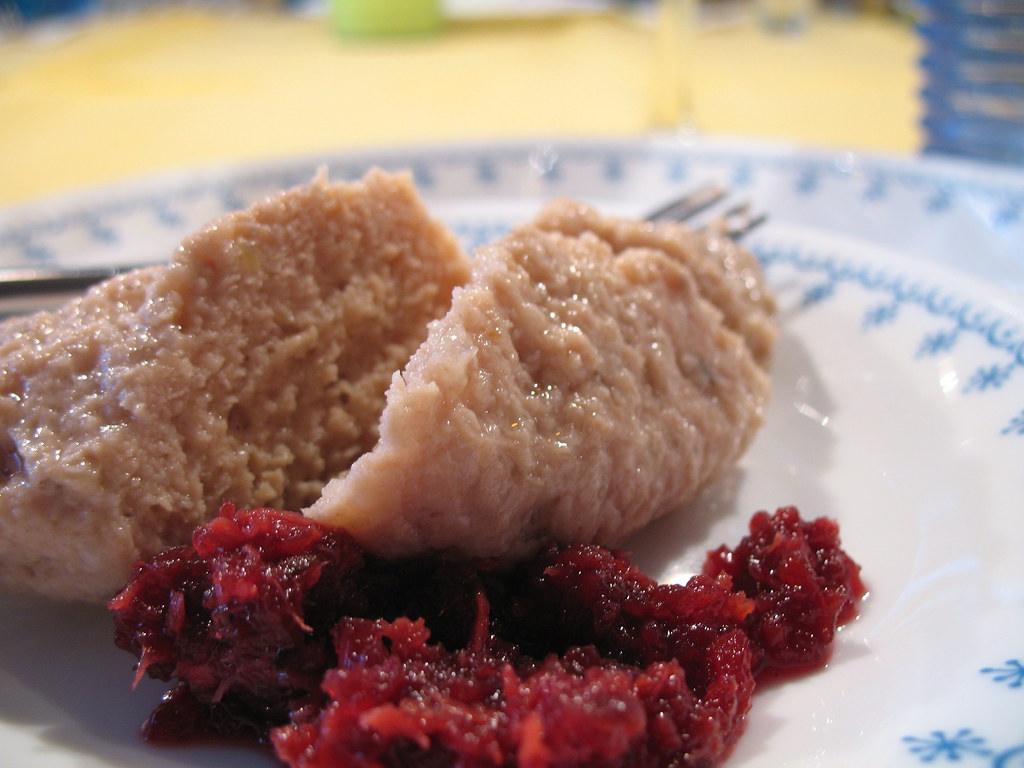The heart of Jewish cuisine is tradition, and at the center of time-honored Jewish delicacies is gefilte fish, a classic dish enjoyed for sabbath dinner and holiday meals.
The History of Gefilte Fish
Gefilte fish has been a staple of Ashkenazi Jewish cuisine for hundreds of years. Interestingly though, gefilte fish started out as a Catholic dish, called gefuelten hechden or stuffed pike, eaten during Lent. The dish became popular in Jewish kitchens in the Middle Ages because it fulfilled most of the religious guidelines of Jewish cuisine.
Over time, the dish evolved from being a stuffed fish dish to a fish loaf dish. Frozen or ready-made versions were also introduced to the market for convenience. Today, gefilte fish remains a ubiquitous part of Jewish cuisine, prepared and eaten by Jewish families everywhere.

How Gefilte Fish is Made?
The original recipe for gefilte fish calls for skinning, deboning, and grinding the fish. It’s then mixed with breadcrumbs, spices, and vegetables (typically onion and carrot), stuffed back into the fish skin, and poached. But because the skinning and stuffing process is so labor-intensive, most gefilte fish today is formed into patties or balls instead.
What Does Gefilte Fish Taste Like?
Gefilte fish has a delicate fishy flavor with notes of onion and black pepper. Some varieties are prepared with sugar or carrots, which add a slight sweetness. It has a very mild flavor so is often enjoyed with horseradish for a pungent kick. The rubbery texture and bland seasoning of some pre-made gefilte fish brands paired with the gelatinous stock that they often come with have definitely influenced some less-than-stellar opinions on the Passover classic. But homemade gefilte fish, with its springy texture and balanced seasoning, is a wonderful way to revisit the divisive dish.

Some brands are also introducing reimagined takes on gefilte fish for modern palates. So we highly recommend trying gefilte fish again – or trying it for the first time. Enjoy it for dinner or brunch with other Jewish favorites like pastrami and noodle kugel or have it on its own with a dollop of zingy horseradish. You might be surprised.
Feature Image: Flickr user Edsel L ( CC BY-SA 2.0 )



